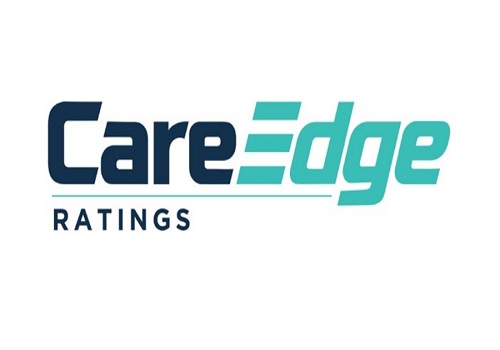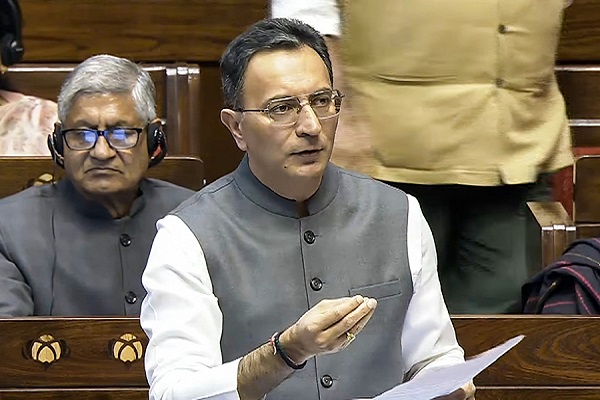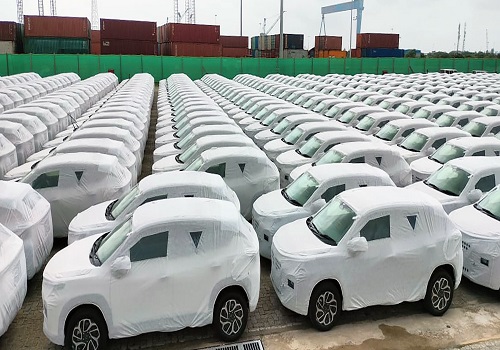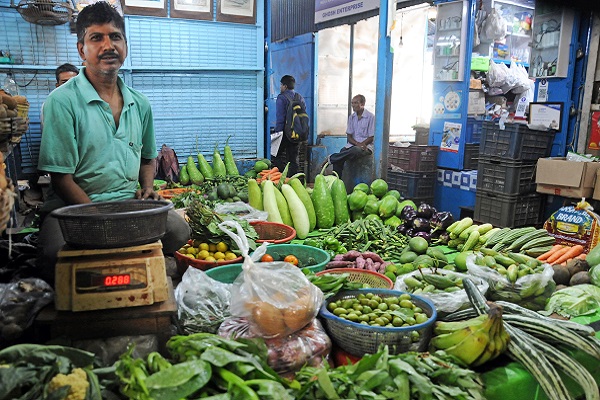Indian Container Cargo to post resilient growth of 8% in FY26 amid geopolitical disruptions: CareEdge Ratings

CareEdge Ratings estimates container volume growth in India at 8% in FY26, at ~380 MMT, supported by capacity expansion, rising transhipment activity and slated completion of the entire Western Dedicated Freight Corridor. Nonetheless, rising insurance costs, shipping rates owing to volatility in the SCFI and transit times are weighing on the sector’s growth trajectory.
According to CareEdge ratings, 3Cs dominate Cargo Mix at Indian ports. i.e. Crude Oil (termed as Petroleum Oil Lubricants (POL)), Coal and Containers over the years. These three commodities represent 74%-75% of total cargo throughput handled by ports. Container-led growth has resulted in the overall ports’ volume CAGR of 5% over FY23-25. Moreover, coastal movement of coal grew at healthy CAGR of 9% over FY23-FY25 due to capacity additions on the eastern coast. CareEdge Ratings expects port volume growth to ease around 2% in FY26 on account of a 100-150 bps impact on container volumes due to ongoing geopolitical instability, as well as US tariffs and a decline in coal imports

Maulesh Desai, Director at CareEdge Ratings said, “The Indian ports sector continues to navigate a complex global landscape marked by geopolitical conflicts and trade disruptions driven by US tariffs. Though, the United States (US) accounts for only about 5% of India’s sea-based trade (excluding electronics). Consequently, container volume growth in FY26 is estimated to moderate by 100-150 bps due to the impact of the US tariff on export volumes of affected sectors like home textiles, gems, shrimp, engineering components, and speciality chemicals.”
“Overall coal volumes are estimated to decline by approximately 3% in FY26, driven by increasing domestic production and rising share of renewable energy in electricity generation. While reduced reliance on coal imports continues, healthy coastal volumes partially offset the decline. In the future, the Maritime Amrit Kaal Vision 2047 promises transformative infrastructure, green hydrogen hubs, and multimodal connectivity, positioning India’s maritime sector for long-term resilience and growth”, added Maulesh Desai.
India’s container cargo had achieved a robust annual growth of 11% in FY25, with handling of 351 MMT of cargo exceeding CareEdge Ratings estimates (ref: Indian Container Cargo to Grow at 8% in FY25 Despite Red Sea Crisis. The compounded annual growth rate (CAGR) in the last three years ended FY25 remained healthy at 8%. Buoyant demand, adequate inventory rebuilding amid geopolitical tension and increased cargo containerisation were the prominent factors contributing to the spurt in EXIM trade volumes. The momentum remained unfazed amid disruption across major sea routes of the Panama Canal and the Red Sea crisis.
In H2FY25, additional container capacity was commissioned on India’s west coast, including 2.4 million TEUs at Jawaharlal Nehru Port Trust (JNPT) and 1 million TEUs at Vizhinjam Port, a transhipment hub. These developments are expected to drive container cargo growth in FY26. Further capacity expansion is anticipated through terminal upgrades, and the expected completion of full connectivity of the Dedicated Freight Corridor (DFC) to JNPT by December 2025 is another growth enabler.
CareEdge Ratings believes that in the future, the impact of various geopolitical factors on India’s container cargo is a key monitorable.
Above views are of the author and not of the website kindly read disclaimer






















